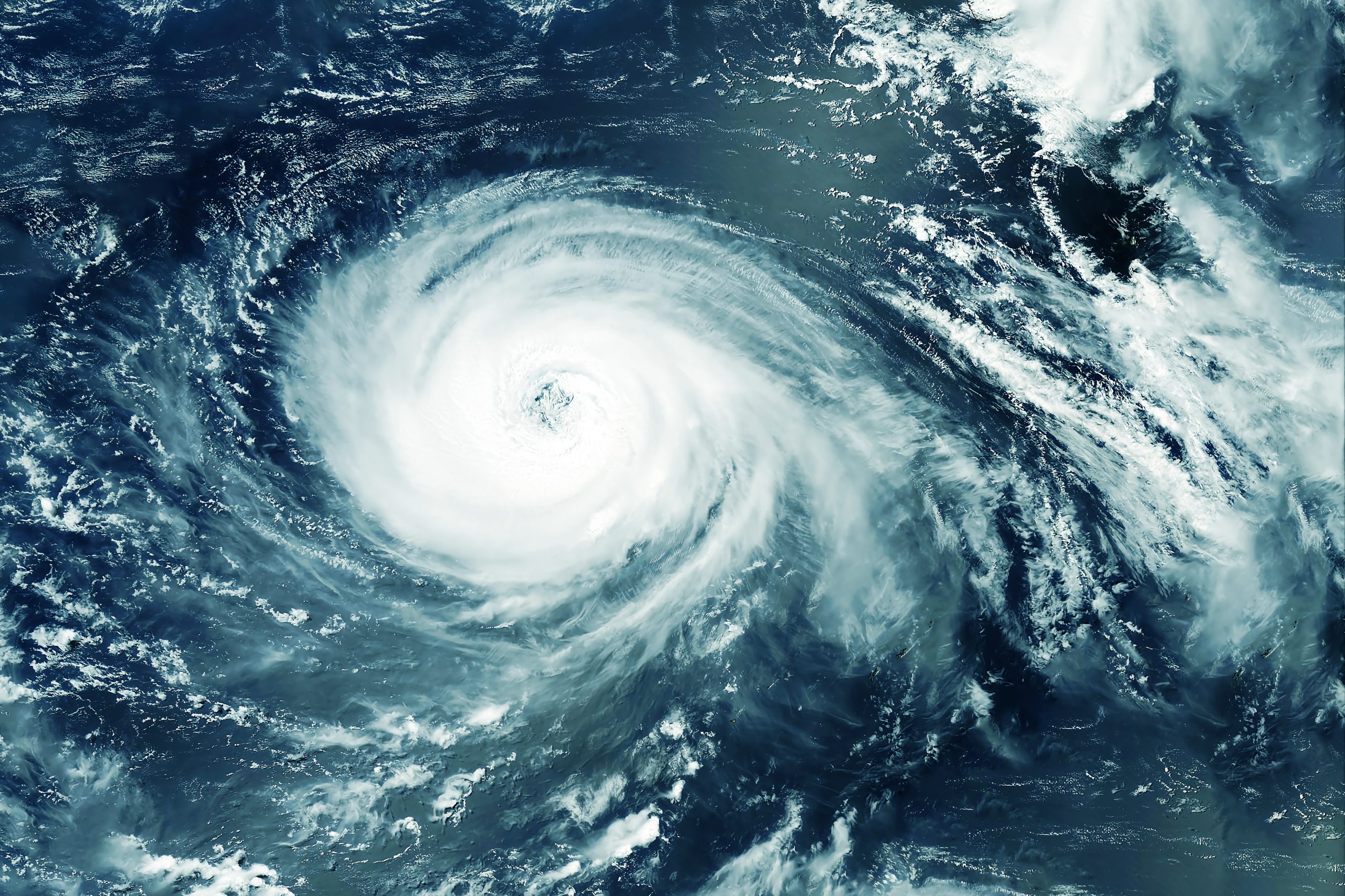Public, private facility owners, and managers often express an interest in “hardened” or “enhanced protection” facilities. However, there is often considerable confusion and misinformation as to what the criteria includes and more importantly what is appropriate based on a rigorous consideration of project budget, priorities, operation/systems risks and protection of assets and building inhabitants.
Applicable Codes and Standards
The International Building Code (2018) and Florida Building Code (6th Edition – 2017) and ASCE 7 (2016) provide some guidance by establishing specific expectations for protection, including:
- Risk Category IV (ASCE 7) – Enhances wind speeds and associated pressures by approximately 15% for select medical facilities, fire, rescue, police stations, toxic material storage, aviation control centers, shelters and critical public utilities. Limited to focus on protection of structure and enclosure. Risk Category II applies for general, typical facilities.
- Emergency Hurricane Protection Areas (EHPA) FBC 453.25 – Educational facility public shelter criteria specifies compliance with ICC 500 (2014) Standard for the Design and Construction of Storm Shelters.
ICC 500 – A Nationally Recognized Shelter Criteria
ICC 500 recognizes the need to consider protection of structure/envelope but also recognizes expectation of continued occupancy during an event and the need to protect and maintain services / amenities for building occupants.
ICC 500 storm shelter criteria is typically reserved for Emergency Operations Center (EOC) public shelters and similar mission critical facilities, and includes:
- Elevated wind design criteria (approximately 60% increase in wind speed/pressures which translates to a 65% probability of exceeding design wind speed in any 50-year period).
- Enhanced windborne debris protection
- Consideration of tornado wind effects (200 mph in Florida)
- Enhanced rainfall design rates
- Enhanced flood load criteria
- Design Peer review requirements
- Enhanced contractor responsibility to verify construction compliance
- Redundant HVAC
- Redundant power (generator)
- Reliable water supply and sewage conveyance
Due to the extensive ICC 500 criteria for storm shelters, it is important to consider the required extent and occupancy of the proposed shelter. Dedicating a partial, or reduced area of the overall facility is often a cost-effective approach.
Understanding Wind Speeds
It is also important to acknowledge the considerable confusion related to the use of disparate and conflicting wind speed criteria.
The public and non-technical laymen are often influenced by the Saffir-Simpson wind speed criteria utilized by weathermen and NOAA Hurricane Center announcements which are based on long term one-minute gust wind speeds. These wind speeds are then used to define hurricanes into Category Intensity scales of 1 to 5. For example, Hurricane Andrew was a Category V Hurricane.
However ASCE 7, FBC and IBC wind speeds are based on 3-second gust wind speeds. As an example, for comparison purposes, in the State of Florida, wind speeds for the varying scales are as follows:
| ASCE 7 Wind Speed | Saffir-Simpson Wind Speed | Saffir Simpson Hurricane Category | |
| Risk Category II | 120 to 180mph | 85 to 130mph | Cat I to low Cat III |
| Risk Category IV | 130 to 200mph | 94 to 145mph | Low Cat II to mid-Cat IV |
| ICC 500 | 160 to 220mph | 115 to 160mph | Low Cat III to low Cat V |
Lower wind speeds generally apply in North Florida. Higher wind speeds generally apply in South Florida. The considerations can become complex.
Our continued advice to clients, owners and stakeholders in mission critical/public safety hardened and resilient facilities is to do the research necessary to confirm a thorough understanding of the design criteria alternatives while assessing risks and customizing solutions that focus on project priorities.

